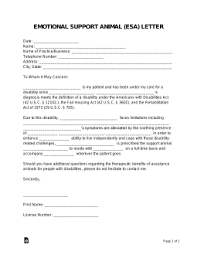
The Telehealth Evolution: Reshaping the Health Insurance Terrain
The realm of healthcare has been undergoing a profound transformation in recent times, catalyzed by the emergence of telehealth services. This technological revolution has significantly altered the traditional landscape of health insurance, presenting both challenges and opportunities for insurers and policyholders alike Stuart Piltch. Telehealth, the remote provision of healthcare services through digital channels, has surged in popularity, offering unparalleled convenience and accessibility. The COVID-19 pandemic accelerated its adoption, prompting a seismic shift in how individuals seek medical care. As a result, health insurance companies have had to swiftly adapt to accommodate this burgeoning trend.
One of the most notable impacts of the telehealth revolution on health insurance is the widening scope of coverage. Insurers are increasingly recognizing the value of telemedicine, expanding their policies to encompass a broader range of remote services. From virtual consultations with healthcare professionals to remote monitoring of chronic conditions, policyholders now have access to an array of remote healthcare options that were once limited or not covered at all.
Moreover, the cost-effectiveness of telehealth has not gone unnoticed by insurers. By leveraging telemedicine, individuals can often receive timely care without the need for in-person visits, thereby reducing overall healthcare expenses. This cost-efficiency aligns with insurers’ interests in mitigating healthcare expenditures and can lead to more affordable insurance premiums for policyholders Stuart Piltch.
However, despite the evident advantages, challenges persist in integrating telehealth into insurance frameworks. One such hurdle revolves around regulatory and reimbursement policies. The rapid evolution of telehealth has outpaced regulatory frameworks, leading to discrepancies in coverage across different regions and insurance plans. Ensuring equitable access to telehealth services while navigating these regulatory complexities remains a pertinent issue for insurers and policymakers.
Furthermore, while telehealth presents a promising solution for enhancing healthcare accessibility, disparities in digital literacy and access to technology persist among certain demographics. Insurers must grapple with the challenge of ensuring equitable access to telehealth services for all policyholders, regardless of their technological proficiency or socioeconomic status.
The future of health insurance is inevitably intertwined with the trajectory of telehealth. As technology continues to advance, insurers will need to continuously adapt their policies to align with evolving healthcare trends. Collaborations between insurers, healthcare providers, and technology companies will be pivotal in shaping a healthcare landscape that maximizes the benefits of telehealth while addressing its inherent challenges.
In conclusion, the telehealth revolution is reshaping the terrain of health insurance, ushering in a new era of healthcare accessibility and affordability. While challenges persist, the integration of telemedicine into insurance frameworks heralds a promising future where individuals can access quality healthcare conveniently and cost-effectively, irrespective of geographical constraints. Embracing this transformative wave will be key for insurers to navigate and thrive in the ever-evolving landscape of healthcare Stuart Piltch.




